#gate of hell (1953)
Explore tagged Tumblr posts
Text

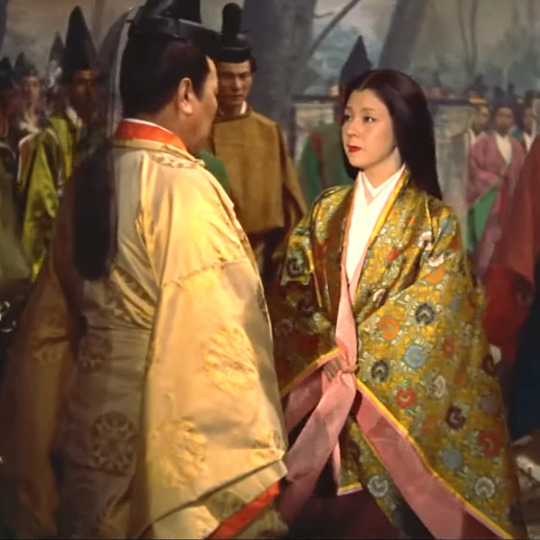


One Dress a Day Challenge
November: Oscar winners
Gate of Hell / Machiko Kyô as Kesa
Year: 1954
Designer: Sanzo Wada
As far as I can tell, this was the first non-American film to win the Academy Award for Best Costume Design, and when you look at the lush silks and detailed armor, it's easy to see why.
This film was released in Japan in 1953, but it did not get a US release until 1954, so it won the award for the later year.
#gate of hell#oscar winners#machiko kyo#one dress a day challenge#one dress a week challenge#movie costumes#period film#japanese films#japanese movies#japanese cinema#1953 films#1953 movies#12th century costumes#heian era#heian period costumes#academy award winner#Machiko Kyô#Kyô Machiko
37 notes
·
View notes
Text

Gate of Hell, Teinosuke Kinugasa
#gate of hell#teinosuke kinugasa#地獄門#1953#1950s#50s#japan#japanese#movie#film#cinema#cinematography#screencaps#stills#eastmancolor#eastman color
8 notes
·
View notes
Text


Kazuo Hasegawa and Machiko Kyō in Gate of Hell (1953) | 地獄門 - dir. Teinosuke Kinugasa
#kazuo hasegawa#machiko kyō#gate of hell (1953)#jigokumon#1950s#teinosuke kinugasa#classic film#japanese cinema#jidaigeki#happy 70th anniversary to this film#imagestills#promotional stills#imageedit#my edits#my post
2 notes
·
View notes
Text




Gate of Hell, Teinosuke Kinugasa, 1953.
1 note
·
View note
Photo
Machiko Kyō & Kazuo Hasegawa of Teinosuke Kinugasa's Gate of Hell (1953)

46 notes
·
View notes
Text



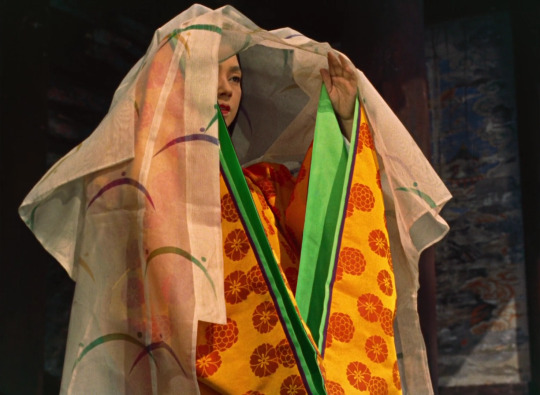
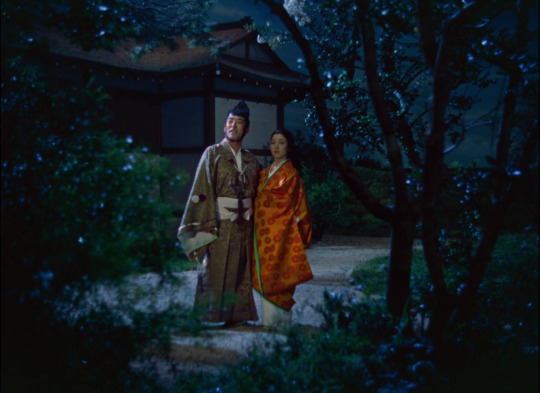
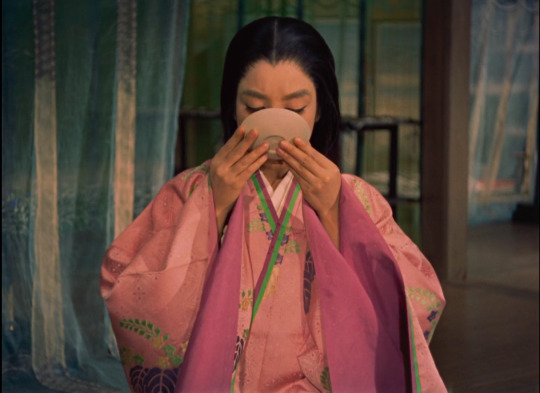
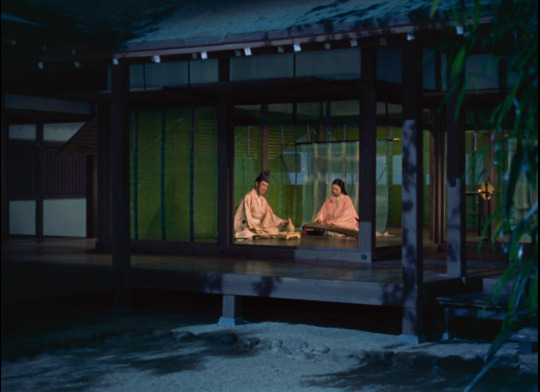


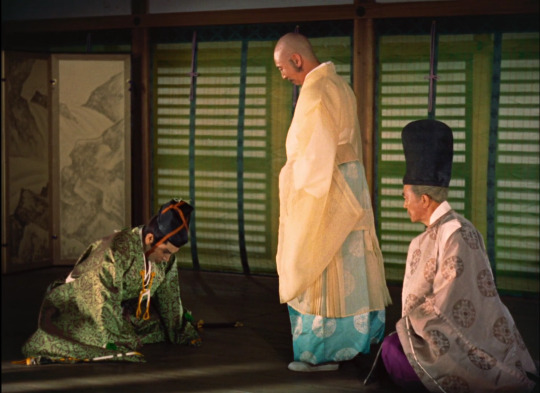

gate of hell (1953) dir. teinosuke kinugasa
#gate of hell#teinosuke kinugasa#kazuo hasegawa#machiko kyo#isao yamagata#film#movie log#upl#GOD... COLOURS OF ALL TIME...
163 notes
·
View notes
Text
Stats from Movies 1201-1300
Top 10 Movies - Highest Number of Votes

Splice (2009) had the most votes with 854 votes. Dark Cloud (2022) had the least votes with 290 votes.
The 10 Most Watched Films by Percentage

Ghostbusters (1984) was the most watched film with 83.3% of voters out of 756 saying they had seen it. T Blockers (2023) had the least "Yes" votes with 0,3% of voters out of 732.
The 10 Least Watched Films by Percentage

Salem's Lot (1979) was the least watched film with 64.4% of voters out of 449 saying they hadn’t seen it. A Snake of June (2002) had the least "No" votes with 6,9% of voters out of 391.
The 10 Most Known Films by Percentage

Ghostbusters (1984) was the best known film, 0,5% of voters out of 756 saying they’d never heard of it.
The 10 Least Known Films by Percentage

A Snake of June (2002) was the least known film, 90.8% of voters out of 391 saying they’d never heard of it.
The movies part of the statistic count and their polls below the cut.
Bingo Hell (2021) The Descent: Part 2 (2009) The Reckoning (2020) The Lair (2022) Dream House (2011) The Other Lamb (2019) Unsane (2018) Children of the Night (1991) Manichithrathazhu (1993) They Live (1988)
Chasing Sleep (2000) The Special (2020) Grabbers (2012) Blood and Roses (1960) Eating Miss. Campbell (2022) Violated Angels (1967) A Snake of June (2002) The Alligator People (1959) eXistenZ (1999) Blood Widow (2014)
Blood Widow (2020) Honeymoon (2014) Uninvited (1987) Scarecrows (2017) Talon Falls (2017) They Reach (2020) Devil's Gate (2017) Killer Sofa (2019) The Ghost Within (2023) Hidden 3D (2011) Grave of the Vampire (1972) Lamb (2021) See No Evil (2006) Planet Terror (2007) Lights Out (2016) Gerald's Game (2017) Webcast (2018) The Love Witch (2016) No One Gets Out Alive (2021) Scary Stories to Tell in the Dark (2019)
Wounds (2019) Paintball Massacre (2020) A Nightmare on Elm Street 3: Dream Warriors (1987) Charlie's Farm (2014) Child Eater (2016) Monster Brawl (2011) 247°F (2011) Dark Cloud (2022) The Hole (2001) Texas Chainsaw Massacre: The Next Generation (1994)
Hazard Jack (2014) Pumpkinhead (1988) The Resurrected (1991) Beyond the Black Rainbow (2010) The Curse (1987) The Dunwich Horror (1970) Earth vs. the Spider (2001) The Fan (1982) Mute Witness (1995) The Call of Cthulhu (2005)
The Suckling (1990) It Conquered the World (1956) Bug (2006) The Signal (2007) Hansel & Gretel: Witch Hunters (2013) Gehenna: Where Death Lives (2016) Monsters (2010) YellowBrickRoad (2010) The Blood Spattered Bride (1972) T Blockers (2023) The Facts in the Case of Mister Hollow (2008) The Mothman Prophecies (2002) Baba Yaga (1973) Kill List (2011) Splice (2009) The Crazies (2010) Fire in the Sky (1993) Banshee Chapter (2013) Angel Dust (1994) Blood and Black Lace (1964)
It Came from Outer Space (1953) TerrorVision (1986) Lurker in the Lobby (1998) A Night to Dismember (1983) Altered States (1980) Cube²: Hypercube (2002) The Dark Half (1993) Darkness (2002) Ghostbusters (1984) The Keep (1983)
Cobweb (2023) The Empty Man (2020) Bloody Hell (2020) The Green Inferno (2013) Turistas (2006) Salem's Lot (1979) Stir of Echoes (1999) Christine (1983) Found (2012) The Hole (2009)
21 notes
·
View notes
Text
This post is going to be rambling and speculative to say the least, but...You guys would tell me if certain types of gates had 2 ends in different times/locations (like a wormhole of some kind), right?
Like if, say, El opened the 1979 gate to Dimension X in Nevada, and that opened something to Dimension X in Hawkins in 1959, that might explain the supposed presence of monsters in TFS.
Then what about 1983? Could the 1983 gate in Hawkins have opened something in Nevada around 1953? Is that what's so special about Nevada in the 50s?
Was there a gate in Nevada in the early 50s?
(An aside, because I have to: Richard Brenner ran HNL from 1954 to 1971. Martin Brenner seems to have been there since 1959, and was in charge by 1983. Just...shrimpresting to me. Martin Brenner...you aren't a nepo baby by any chance, are you? Asking for a friend.)
And with that...you guys would tell me if Dimension X existed outside of space-time, right.
Like okay, running with the 1979-1959/1983-1953 Hawkins-Nevada theory. Henry didn't shape the Shadow until post-1979, but we do see him drawing it, fully-formed, in 1959.
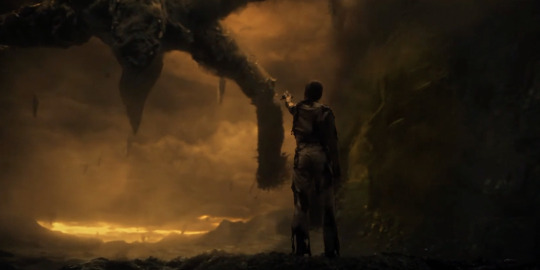
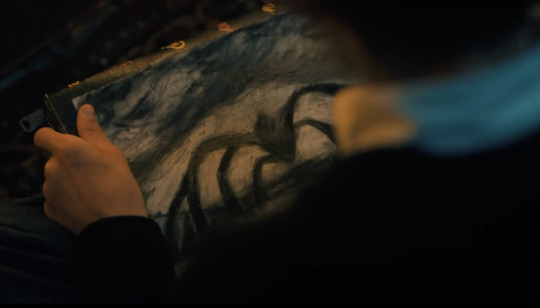
If Dimension X exists, theoretically, outside space-time...then could it be possible that a young, pre-1959 Henry met post-banishment Henry via a gate in Nevada in 1953-1954?
[cocks gun] Hey Henry, in an attempt to change your fate/escape HNL ("Something that would change everything"), did you retroactively give yourself the Shadow?
Which, if it's retroactive, might explain why ST1 Jopper et. al. don't immediately connect TFS to ST1. TFS Henry may or may not be flayed, but that may not have gone into effect until 1983-1984. Thus the adults don't connect it, because it technically hasn't happened yet...or to this version of them specifically.
See: Stranger Things Day Discrepancy #1
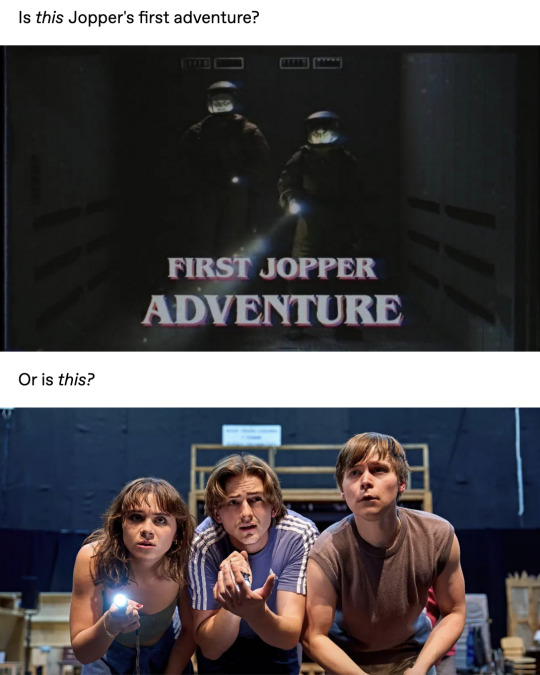
If this all ^^ is the case, but Henry doesn't ultimately change his fate, then instead of finding the Shadow post-1979, Henry would reunited with it.
He's been known it for over 25 years. He's been flayed, and it sounds like it likely wasn't a pleasant experience, given the way VR Henry reacts to the Shadow as compared to Canon Henry:
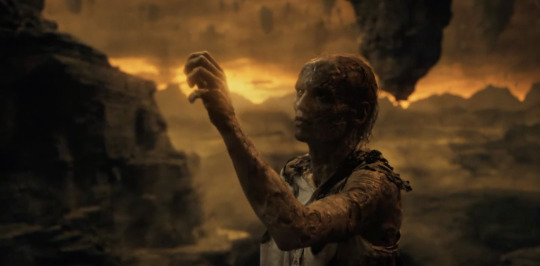
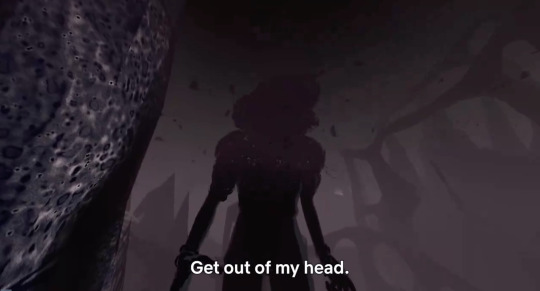
Canon Henry reaches out to the amorphous Shadow and shapes it. VR Henry rejects it immediately. VR Henry wants the Shadow to go away. Canon Henry beckons the Shadow and shapes it.
(If there was a Henry who already had control of the Shadow, it might also answer the question of who the hell is manipulating it in the VR trailer...but again, it's speculative.)
This all might also answer a long-standing question of mine: How the hell did Will know that closing the gate would work?
Will gets flayed in 1984, and he's only flayed for a few days. In fact, he's really only possessed for about a day...and supposedly, no one has ever seen anything like this before, so it's not like anyone suggested it to him.
This means Will figured out how to cut the connection with the Mindflayer in less than a day, while under extreme duress.
Which sure, you could hand-wave it as hive mind stuff...but what if there was someone who already knew how to cut the connection? Say...someone who may not have been the primary target anymore? [Smash-cut to 4.06 Brenner: "Well, well, it looks like we have a new winner"]
Tangentially, it's so interesting to me that Will would have morse code memorized so well that he can use it under such insane duress, something that only Hopper, who's father was a WW2 vet and who was once military himself, recognizes in ST2. Will doesn't show any proclivity towards morse code until this point, though. He could have used morse in ST1 to talk to Joyce/Hopper in full words via the lights, if he knows it this well! But he doesn't.
That leads me to ask—Who do we know that:
is heavily associated with the Shadow/Dimension X
may been possessed/flayed in the past
may have experience neutralizing the Shadow
had a father who was in WW2
is around Hopper's age/is of an age where knowing morse code would be common
(The answer should be glaring, let me know if it's not)
What more did El have to learn about Henry via NINA? What was the truth Brenner meant for her to see/was withholding from her? Why does it feel like certain characters have been scapegoated, and that we may have had a man on the inside (or rather...the other side) this whole time?
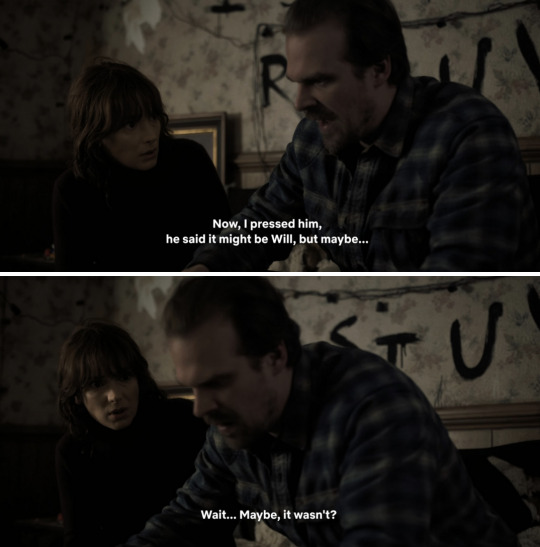
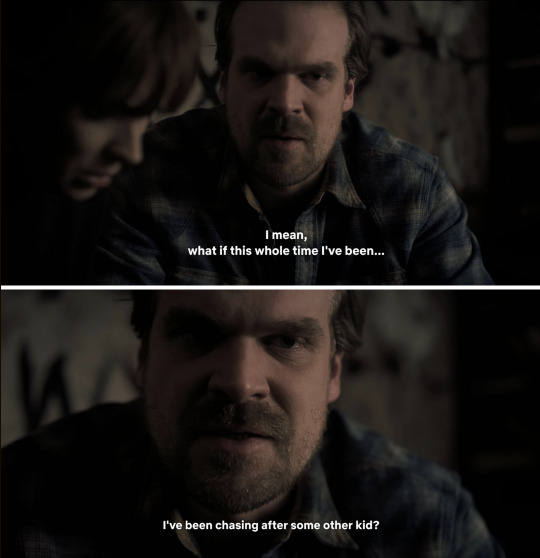
Tangentially related speculation re: Will, the lights, and Henry under the cut
It makes me wonder, again, about Stranger Things Day Discrepancy #2:
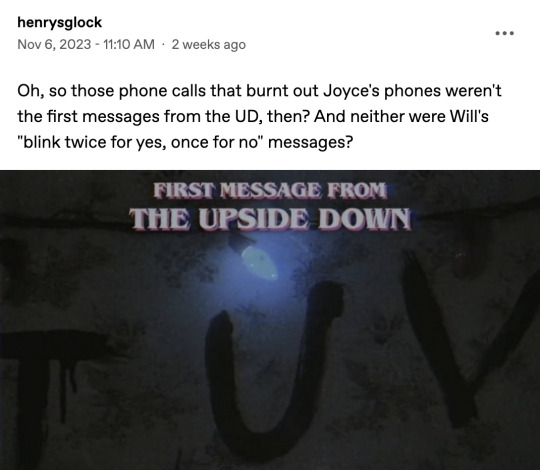
If Will's messages don't count, then why does this set of messages count? Is Will even in the real Upside Down at all?
See: Stranger Things Day Discrepancy #3 and #4
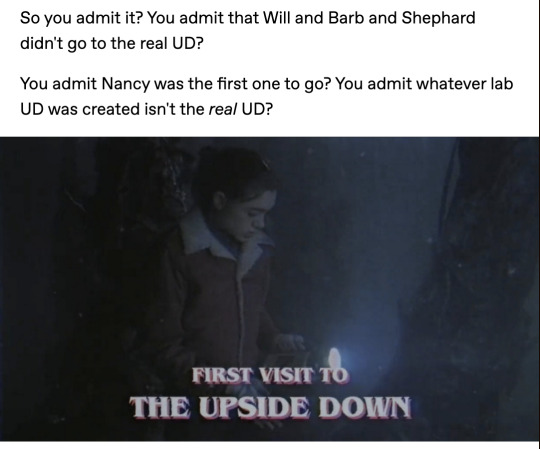
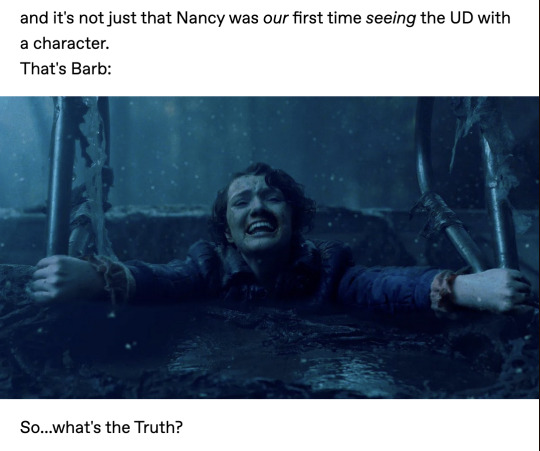
(I know at least my group of friends has been thinking that Will's UD isn't the same as Nancy's or Vecna's since...forever)
And if Will isn't in the UD, then who is? Who's blinking the letter-lights, and why is that considered the first message from the Upside Down?
Why is TFS, a story about Henry, considered "the origin of the Upside Down"...
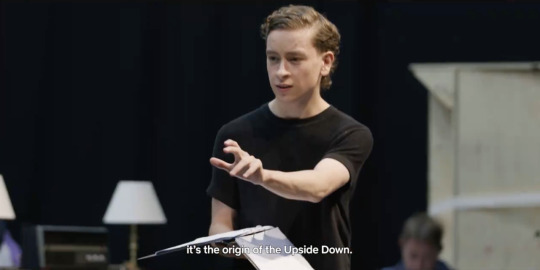
and not ST1 Mothergate/Will's disappearance?
Who made the letter-lights blink quickly, rather than the slow, glowy way Will does it with the white lights? (See also: The slow glow when the other kids touch lights in the UD/the LiteBrite)
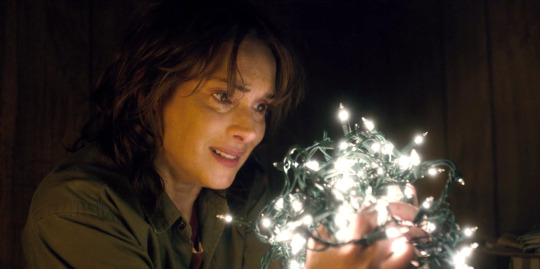
Which program has been shown having kids with powers quickly blink lights on and off with their minds?
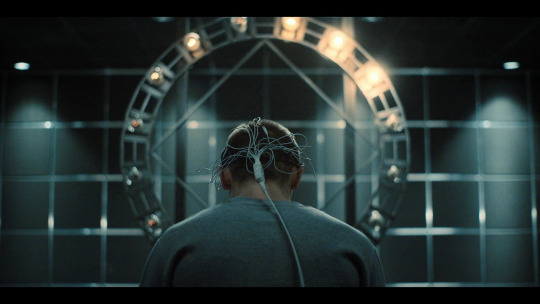
So again...why does it feel like we've got a man on the inside?
#spoiler tagging just in case...but I really don't know shit about fuck aakjdfsdjk#tfs spoilers#st: tfs#time loop theory#This isn't even touching on Vecna/the other timeline. This is just Henry and the Shadow...#Hey Brenner...is Soteria built to repress Henry's powers or the Shadow...or both? Answer quick.#''It wasn't supposed to end like this'' I'm sure it wasn't!#Which...this path would further support the 4 guys/2 Henries 2 Edwards thing
20 notes
·
View notes
Text
















Top 16 Favorite Film Gowns
Orange
~~ Mirror Mirror (2012) ~~ Dangerous Liaisons (1988) ~~ Ghostbusters (1984) ~~ Come September (1961) ~~ Suspiria (2018) ~~ Flash Gordon (1980) ~~ Catching Fire (2013) ~~ Jodhaa Akbar (2008) ~~ Onegin (1999) ~~ Samson and Delilah (1949) ~~ Pal Joey (1957) ~~ The Court Jester (1955) ~~ The Curse of the Golden Flower (2006) ~~ The Fountain (2006) ~~ Gate of Hell (1953) ~~ Frenchman's Creek (1944) ~~
2 notes
·
View notes
Photo





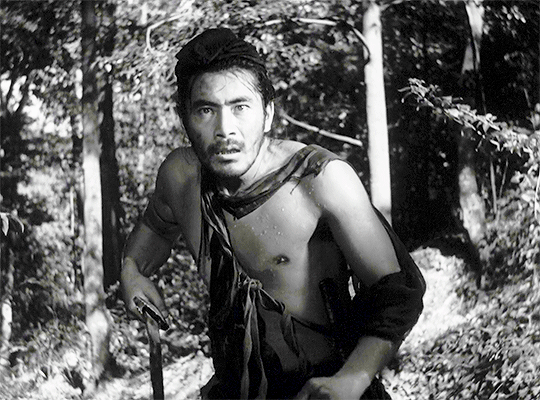
Rashomon (Akira Kurosawa, 1950) Cast: Toshiro Mifune, Machiko Kyo, Masayuki Mori, Takashi Shimura, Minoru Chiaki, Kichijiro Ueda, Noriko Homma, Daisuke Kato. Screenplay: Akira Kurosawa, Shinobu Hashimoto, based on stories by Ryunosuke Akutagawa. Cinematography: Kazuo Miyagawa. Production design: Takashi Matsuyama. Film editing: Akira Kurosawa. Music: Fumio Hayasaka. When I was growing up, Rashomon was one of those films like Federico Fellini's La Dolce Vita (1960) and Ingmar Bergman's The Seventh Seal (1957) that you had to have seen just to be considered culturally literate. Among other things, it's often cited as the career breakthrough of Akira Kurosawa and his frequent star, Toshiro Mifune. But if there's a key to the success of Rashomon as drama it's the performance of MIchiko Kyo in the female lead. Kyo was the star of another 1950s imported hit, Teinosuke Kinugasa's Gate of Hell (1953), and gave memorable performances for Kenji Mizoguchi in Street of Shame (1956) and especially Ugetsu (1953) as well as for Yasujiro Ozu in Floating Weeds (1959). She even crossed the Pacific to play opposite Glenn Ford and Marlon Brando (in yellowface) in the film version of The Teahouse of the August Moon (Daniel Mann, 1956). The nuances of Kyo's performance make Rashomon work; they keep us guessing whether she was the dutiful wife or the savage wanton. As I watch more and more Japanese film of the late 1940s, '50s, and '60s, it becomes clearer that this was a great period for female actors like Kyo, Setsuko Hara, Kyoko Kagawa, Kinuyo Tanaka, Isuzu Yamada, Hideko Takamine, and many others -- most of whose names are unknown to Americans today. As for Rashomon itself, while it remains essential viewing for the cinematically literate, I don't hold it in as high esteem as I do such Kurosawa/Mifune collaborations as Drunken Angel (1948), Stray Dog (1949), Seven Samurai (1954), Throne of Blood (1957), The Lower Depths (1957), The Hidden Fortress (1958), Yojimbo (1961), Sanjuro (1962), or High and Low (1963). Rashomon feels arty and remote in ways that those don't.
gifs by talesfromthecrypts
35 notes
·
View notes
Photo
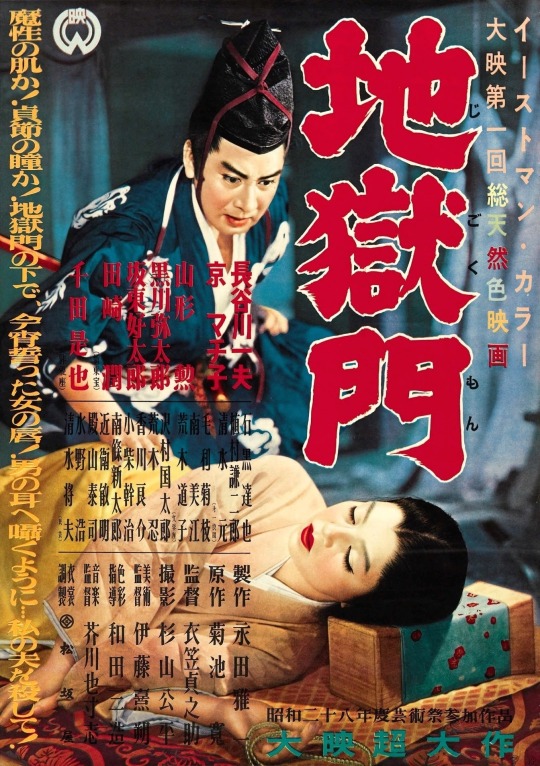

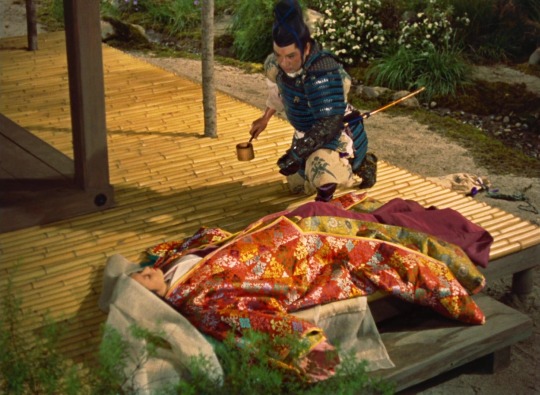
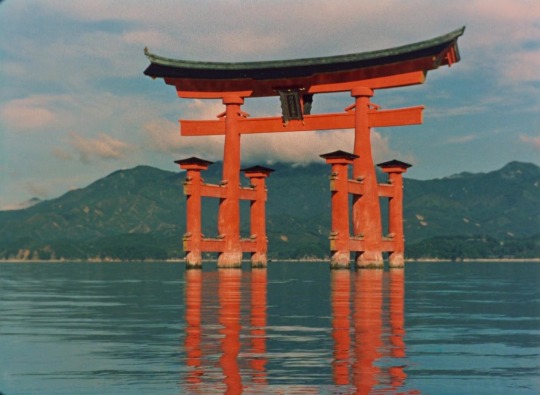
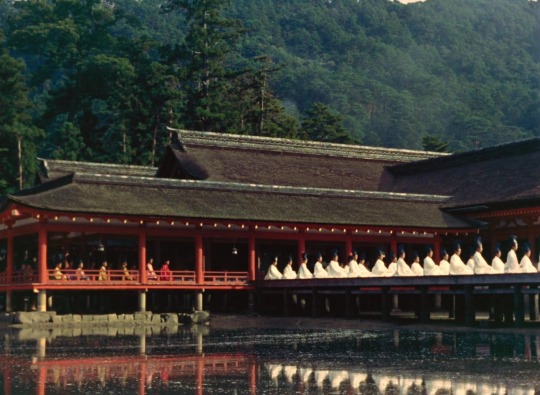


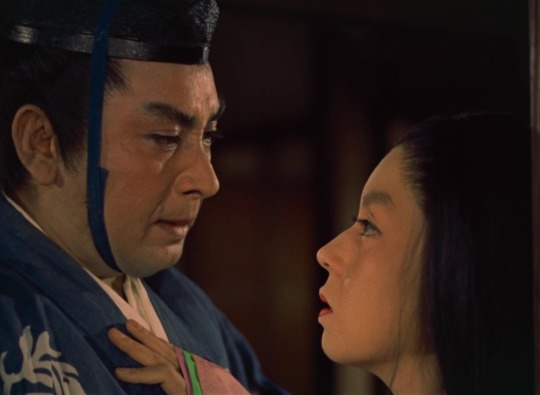

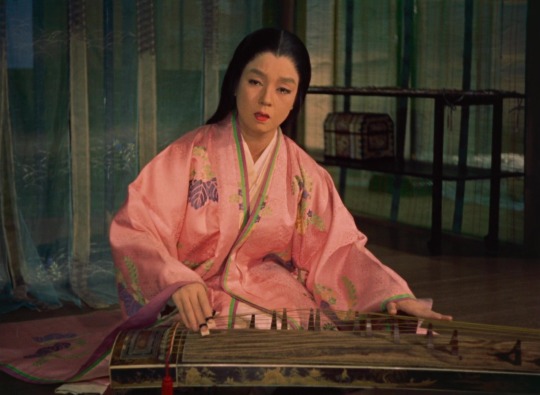
Gate of Hell / Jigokumon (1953, Teinosuke Kinugasa)
地獄門 (衣笠貞之助)
5/22/23
#Gate of Hell#Teinosuke Kinugasa#Machiko Kyo#Kazuo Hasegawa#Isao Yamagata#Yataro Kurokawa#Kotaro Bando#Jun Tazaki#Koreya Senda#Japanese#50s#Japanese Golden Age#color#eastman color#period#jidaigeki#Heian#Kyoto#court#forbidden love#coup#sacrifice#murder#obsession#medieval#chanbara#love triangle#tragedy#stage adaptation#oscar winner
22 notes
·
View notes
Photo

Medal of Honor Monday: David McNerney
At about this time in 1967, a soldier participates in an action that would earn him the Medal of Honor. David McNerney came from a long line of war heroes: His father and older brother served in World Wars I and II, respectively. His sister served as an Army nurse.
McNerney followed in their footsteps, joining the Navy in 1949 and the Army in 1953.
By the mid-1960s, he was training soldiers to serve in Vietnam. “Let me tell you how things are in this company,” McNerney reportedly told one in the 4th Infantry Division. “You do what I tell you to do and you do it when I tell you to do it, because you will die in Vietnam if you don’t.”
He was tough! But they loved him. “I would follow him straight to the gates of hell if I had to,” one of his men would later say. The feeling was mutual. First Sergeant McNerney loved those boys like they were his own sons. The story continues here: https://www.taraross.com/post/tdih-david-mcnerney-moh
#this week in history#this month in history#Medal of Honor Monday#medal monday#us army#us navy#medal of honor#sharethehistory
17 notes
·
View notes
Text

'The Death of Lady Kesa'
quick scene study based on Gate of Hell (1953)
5 notes
·
View notes
Note
for your list/fashion investigations if you like:
gentlemen prefer blondes (1953)
gate of hell / 地獄門 (1953) <- first japanese movie released in color in the US, just watched for the first time this year and it's absolutely gorgeous even if the plot is a little eh
the far country (1954) <- western with surprisingly cool gowns
when harry met sally (1989)
poisons, or the world history of poisoning / Яды, или Всемирная история отравлений (2001) <- goofy russian movie i haven't watched in a while but like a lot; many standout outfits
I, tonya (2017)
again, emma. (2020) <- i think it's v easy for people to gush about austen adaptation/period piece costuming but no movie has ever hit me like this one!
omg thank u for these!!! i will check em out. interestingly youre the second person to note harry met sally and ive watched that movie a few times now without ever once noticing the costuming
2 notes
·
View notes
Text

Don't miss this rare screening of Gate of Hell (1953), a visually stunning period film about a samurai's tragic obsession with a married woman. Directed by Teinosuke Kinugasa, this classic was Japan's first color film to be released internationally and won both the Best Foreign Language Film and Best Costume Design Oscars. Hosted by Reed Hessler and co-presented with the Baltimore Kawasaki Sister City Committee and TU's College of Fine Arts and Communication.
.
Date and Time: Saturday, September 21, 1pm
Location: Towson University Art Lecture Hall, CA 2032
FREE Registration Required
0 notes
Text
• gate of hell (1953) directed by teinosuke kinugasa








#old cinema#letterboxd#japanese cinema#jmovie#visual archive#letterboxd moodboard#japanese movies#teinosuke kinugasa#japanuary
1 note
·
View note